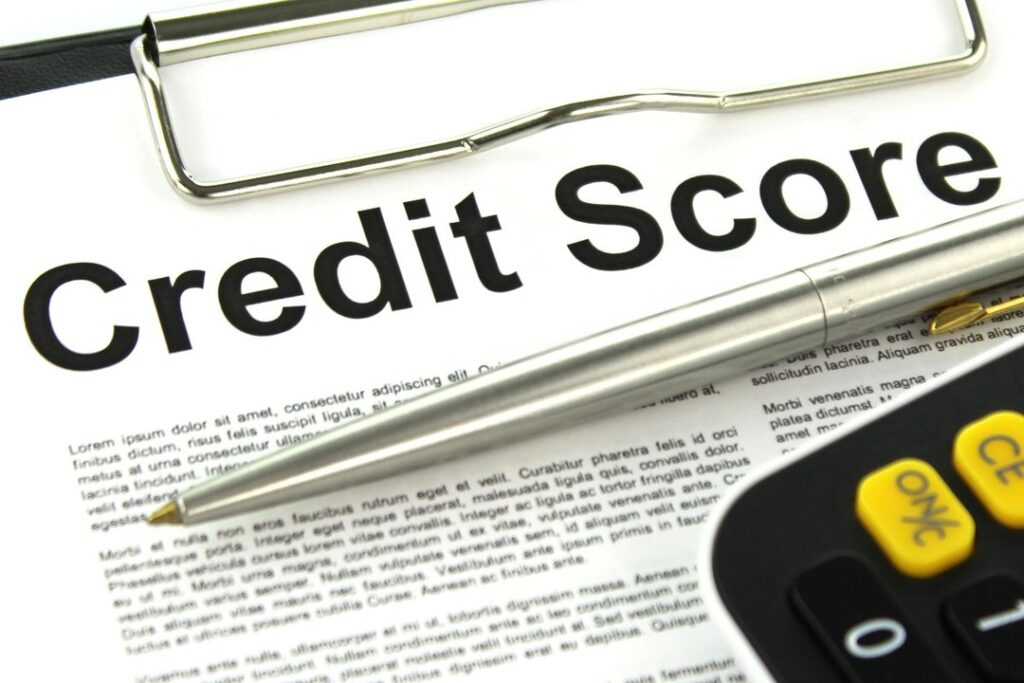A Comprehensive 5-Step Guide

Credit repair is the process of improving your credit score by addressing and resolving any negative or inaccurate items on your credit report. A good credit score is crucial for obtaining loans, credit cards, and even some job opportunities. When negative items such as missed payments, delinquencies, or collections appear on your credit report, they can lower your credit score and make it difficult to get approved for loans or credit.
Credit repair involves reviewing your credit report, identifying any errors, and disputing them with the credit bureaus. It also includes creating a strategy to pay off debts and ensuring timely payments moving forward. While many people seek out credit repair as a way to improve their financial standing, it’s important to remember that this is not an overnight fix. The process can take time, requiring patience and persistence.
In addition, beware of credit repair scams. Some companies may promise quick fixes but fail to deliver. A reliable debt resolution strategy involves a proactive approach to managing debt, such as enrolling in debt consolidation programs, or exploring government debt relief programs to help pay off debts efficiently.
How Credit Repair Works
Credit repair and rehabilitation are essential for individuals recovering from financial hardships like bankruptcy or foreclosure. This process involves reviewing your credit report, identifying inaccuracies, and disputing them with credit bureaus. Once errors are addressed, the next step is to build a budget and payment plan aimed at paying off outstanding debts, a process closely related to debt servicing and debt reduction services.
Setting up automatic payments and reminders ensures timely payments, which are crucial for rebuilding credit. Opening a secured credit card is another option to establish positive credit history, which can help improve your credit score over time. You can also explore credit card debt relief or credit card loan forgiveness as alternative methods to tackle debt.
Being added as an authorized user on someone else’s credit card can also help build credit, provided the primary cardholder has good financial habits. It’s important to avoid opening too many new accounts at once, as this can negatively impact your score. Avoid applying for credit unnecessarily, as each inquiry creates a “hard pull,” lowering your score temporarily. Debt relief programs, including those from National Debt Relief and Freedom Debt Relief company, may help accelerate this process.

Credit Repair Costs
Credit repair can come with various costs. Some debt relief programs charge flat fees for their services, while others have a monthly subscription model. Flat fees can range from a few hundred dollars to over a thousand, depending on the work required, while monthly fees are typically between $50 to $150. Be wary of companies asking for upfront payments or promising fast results, as these can often be signs of scams.
You can also manage your own credit repair by reviewing your credit report and disputing errors with the bureaus. This do-it-yourself approach may not be as convenient as hiring a company, but it can save you significant money on fees. Ultimately, the cost of credit repair varies depending on the complexity of your situation and whether you choose a professional service or a self-directed approach.
Researching Credit Repair Options
Research is key to ensuring that your credit repair journey is successful. There are numerous debt relief programs available, including reputable companies like National Debt Relief USA, that can provide relief from debt. Reading reviews and consulting a financial advisor or credit counselor can help you identify the best path forward.
Understanding the laws and regulations surrounding credit repair is also important. The Credit Repair Organizations Act (CROA) sets guidelines for companies, prohibiting practices such as demanding payment upfront. Ensure that any company you work with adheres to these standards. Services offering debt consolidation or debt settlement often promise fast solutions, but due diligence is necessary to avoid falling for scams.
Achieving Financial Stability
In conclusion, credit repair is an essential tool for improving your credit score and achieving financial stability. This process, when combined with debt consolidation programs, loan to pay off debt, or exploring accredited debt reviews, can lead to a stronger financial foundation. While the journey requires patience, persistence, and careful management, the long-term benefits far outweigh the effort.
Taking proactive steps such as paying off debts, disputing inaccuracies, and seeking freedom from debt through legitimate programs is crucial. Whether you’re using a debt relief program or improving your credit on your own, remember that the end goal is financial security. Taking charge of your credit can help you qualify for better financial products, lower interest rates, and greater financial freedom in the future.
By staying committed and being mindful of potential pitfalls, you can achieve relief from debt and work toward a brighter financial future.
